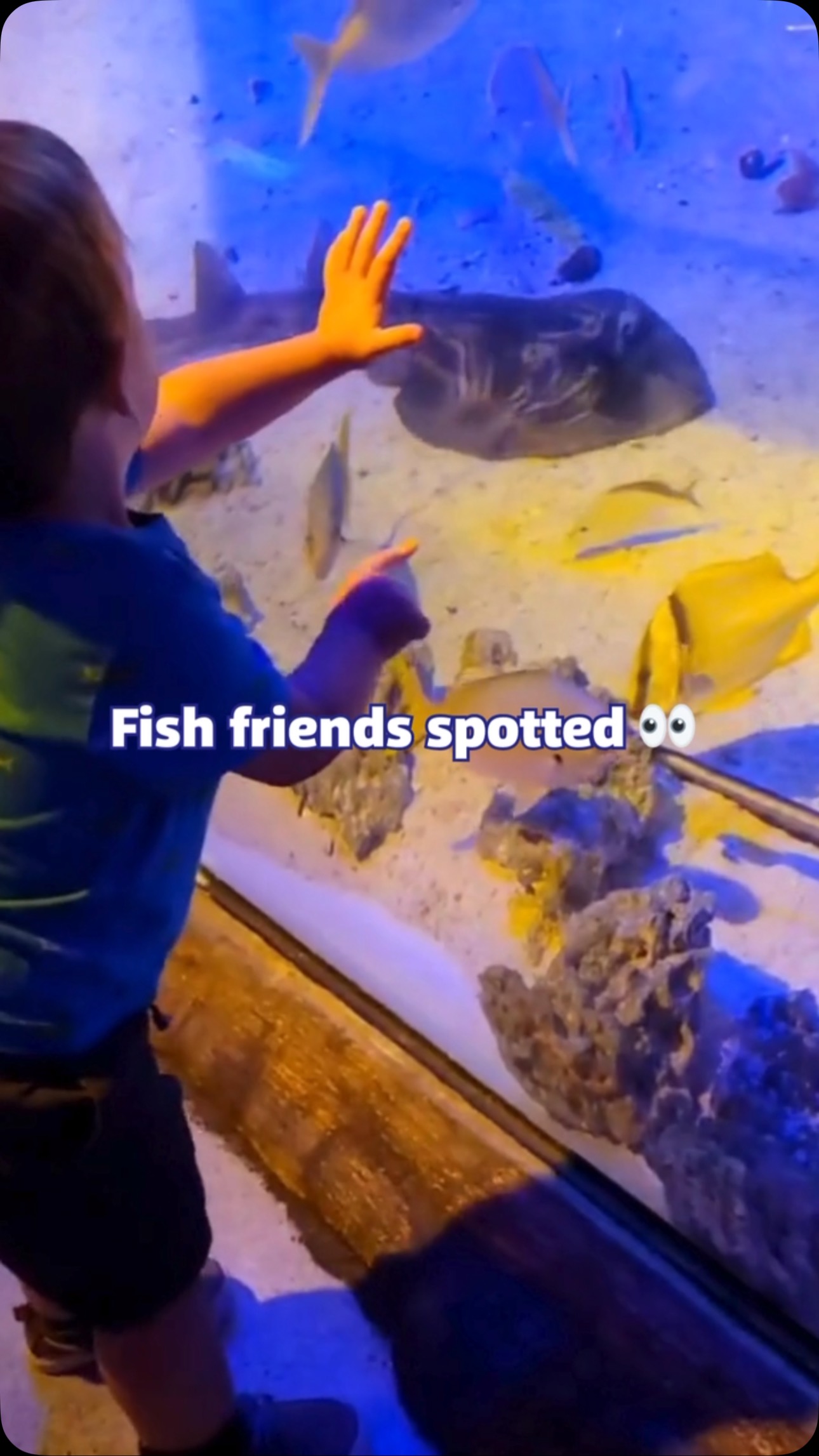- Explore the diverse species of fish and their fascinating adaptations in aquatic habitats.
- Learn about the conservation efforts at SEA LIFE Aquarium to protect marine biodiversity.
- Understand the educational role of aquariums in promoting environmental awareness.
- Discover how technology and innovation are enhancing visitor experiences in aquariums.
- Examine the impact of aquariums on local economies and communities.
The underwater world presents a myriad of opportunities to observe and learn about the diverse and captivating marine life. Among the various inhabitants, fish stand out with their diverse species and fascinating adaptations. With more than 34,000 species of fish discovered to date, these aquatic animals exhibit a wide range of behaviors, shapes, and colors, captivating both scientists and casual observers.
Aquariums like SEA LIFE in Michigan offer unique experiences to view these fish up close. The colorful coral reefs, dark ocean floors, and winding rivers are home to species ranging from the vibrant clownfish to the graceful butterflyfish. Each species has adapted to its environment in spectacular ways. For instance, some fish have developed bioluminescent features, aiding in communication and predator evasion in the darker depths of the ocean. Others, such as the flatfish, have evolved with the capability to camouflage with the ocean floor, providing protection from potential threats.
These adaptations not only highlight the distinctive designs of fish species but also their resilience and survival strategies within their respective ecosystems. The fish’s anatomy, such as gills for underwater breathing and fins for precise movement, reflects a sophisticated alignment with their aquatic lives. This natural engineering allows fish to thrive in environments that range from the salty oceans to the freshwater habitats of rivers and lakes.
Beyond the captivating visual spectacle, there’s a crucial story of conservation and protection woven into the narrative of the SEA LIFE Aquarium. With the increasing pressures of climate change, pollution, and overfishing, the risks to marine biodiversity have never been more urgent. The aquarium’s conservation efforts are pivotal in safeguarding these species for future generations. Programs focused on breeding endangered species, rehabilitation of injured marine life, and habitat restoration are fundamental components of the aquarium’s mission.
Through collaborative partnerships with global conservation organizations, SEA LIFE works to create sustainable strategies that address the intertwined challenges facing marine ecosystems. Initiatives include the "Breed, Rescue, Protect" program, which emphasizes the preservation of species that are at risk due to environmental changes and human activity. These efforts are bolstered by robust research projects that provide data essential for informed conservation strategies.
Educational programs within aquariums serve as powerful tools in promoting environmental awareness. Visitors of all ages gain valuable insights into the significance of biodiversity and the vital role of ecosystems. By fostering a broader understanding, these educational initiatives inspire individuals to engage in conservation efforts and make conscious choices that support ecological well-being.
Interactive exhibits and informative signage provide a dynamic learning environment where the public can appreciate the complexities of marine life. Aquariums are committed to transforming curiosity into action, offering workshops and lectures that delve into the intricacies of marine conservation.
Advancements in technology and innovation further enhance the visitor experience at aquariums. High-definition displays, virtual reality experiences, and interactive touch tanks are just a few of the modern features that bring the underwater world to life. These technological elements not only captivate audiences but also help convey educational content in more engaging and impactful ways.
For example, virtual reality installations allow visitors to embark on underwater journeys, offering a perspective similar to that of marine biologists studying these ecosystems. Through interactive exhibits, individuals can explore the depths of the ocean, encountering species they might never see in their lifetime. Such experiences create lasting impressions and foster a deeper appreciation for marine life and conservation efforts.
Moreover, aquariums like SEA LIFE have a significant impact on local economies and communities. By attracting tourists and visitors, they contribute to economic growth and create job opportunities. Educational partnerships with schools and universities provide additional resources and opportunities for research and learning. These collaborations serve to broaden the scope of understanding and appreciation for marine environments at a local and global level.
Aquariums also play a role in community engagement by hosting events that bring people together. These gatherings may focus on awareness days, conservation challenges, or interactive educational festivals. By embedding themselves into the community fabric, aquariums foster a collective responsibility for environmental stewardship.
The role of aquariums is multifaceted, encompassing conservation, education, technology, and community impact. As centers of learning and preservation, they offer insights into the diverse species of fish and their ecosystems, providing valuable lessons on the importance of protecting marine biodiversity. The collaboration between science, education, and innovation in these vibrant spaces serves to inspire and empower visitors to play an active role in conservation efforts.
*****
Source Description
Fish friends found! 🐠 ✨
Ready to explore the underwater world? Visit the 🔗 in bio and plan for adventure at your local SEA LIFE Aquarium! 🫧
📍Michigan
📹 caryn_h


